Pets and Their People Blog
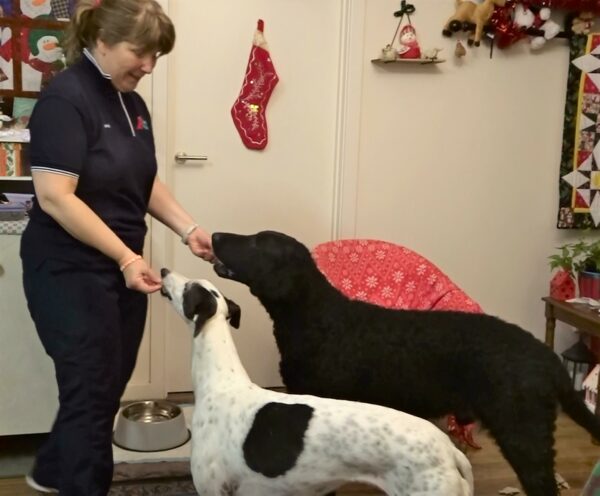
Homemade Dog Treat Recipe: Zenikens
Zenikens were developed to help two dogs with two different problems. Zen after whom the cookies are named, suffered from muscle and nerve immunity problems similar to MS and required a diet as preservative free as possible; Chappi had anal gland issues needing the high fiber to assist these delicate glands. Oven temperature: 200 degrees Celsius; (Approximately 400 degrees Fahrenheit) Ingredients: 4 cups rolled oats plus some extra if needed 3 cups whole meal plain flour plus some extra if needed 2 to 2 ½ cups wheat bran –… Continued
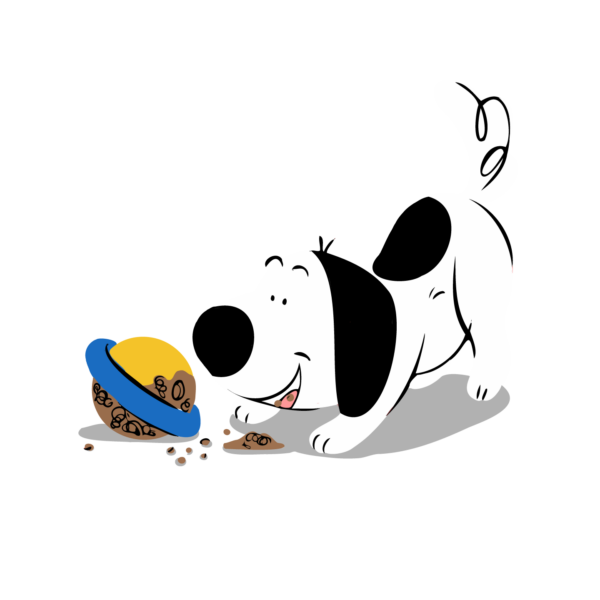
Six Tips to Keep At-Home Dog Training Fun and Consistent
Keeping up the consistency of training your dog at home, when you don’t have a dog trainer looking over your shoulder or need to be top of the class can be hard! Let’s be honest, there is a lot of other stuff we do at home, and sometimes training our dogs takes a back seat, to you… know ALL THAT OTHER life stuff! But training relies on keeping things consistent and interesting; there aren’t any shortcuts, honestly. Dogs learn through repetition and being rewarded for things we want them to… Continued

From the Editor
One of the most difficult things about being an animal lover is feeling helpless when you hear about pets in need. If that describes you, please take a moment to read this month’s Editor’s Picks about the people behind the fundraiser for Ukrainian animal shelters and how you can help them. How Can You Help Today? Donate: Help Animals Survive the War in Ukraine (Click on link to donate.) Get Inspired: Meet the People Behind the Fundraiser for Ukrainian Animal Shelters (Listen to the BARKS podcast.) Read and Share: Please also… Continued
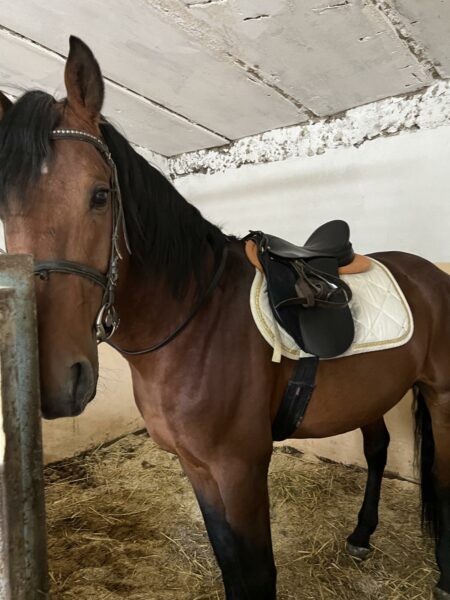
Meet the People Behind the Fundraiser for Ukrainian Animal Shelters
Quick Links: Donate to help animals survive the war in Ukraine. BARKS podcast with Dr. Marina Bayeva: Hear updates on the use of funding and the animals benefiting from your generous support. Lifelong animal welfare advocate, Dr. Marina Bayeva, began a grassroots campaign to help animals survive the war in Ukraine. On May 4, the Pet Professional Guild (PPG) streamed an informative and inspiring live discussion with Dr. Bayeva, veterinarian Dr. Paula Klek, and members of PPG’s Shelter & Rescue committee. Meet the the people behind the campaign and… Continued
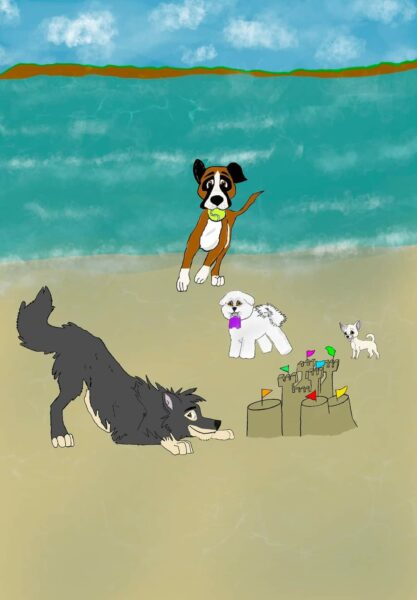
Assistance Animals: It’s NOT All Work and No Play!
Every dog wants to have fun, at least some of the time, and that goes for assistance animals such as service dogs, emotional support dogs, and therapy dogs. While some assistance dogs need to be on the ready 24/7 to aid their handlers when a need arises, that doesn’t mean they never get a break. Handlers of working assistance animals love their dogs and are grateful for the support they provide. They see their dogs as friends and trusted family members, and they want to enrich their lives as much… Continued

That Crazy Puppy Behavior
Imagine this: You just finished cleaning up from dinner and are about to sit down and relax when it happens…….CRAZY PUPPY BEHAVIOR! Almost daily puppy parents ask me how to change crazy puppy behavior. After discussing this with the puppy parents, I find most of this behavior happens in the evening. Puppies are like little children; they get overtired after a long day. Puppies need a lot of sleep. Most people don’t realize how much sleep a puppy needs. Depending on the age, they need as much as 20… Continued
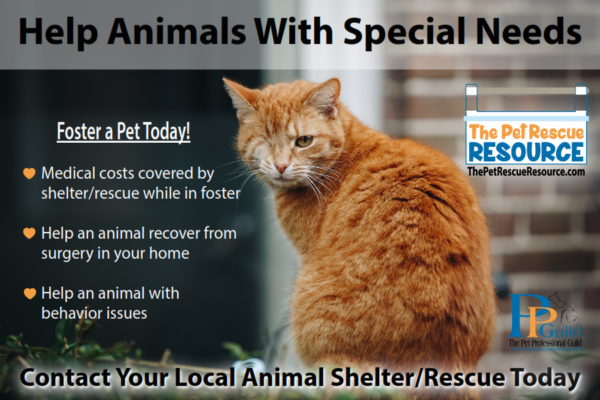
The Many Benefits of Fostering Shelter/Rescue Pets
Fostering animals gives them a break from the stressful environment that they encounter while in the shelter. BENEFITS FOR THE ANIMALS AND SHELTERS If you foster an animal, they will have the ability to get away from the continuous noise caused by the other animals there. Even one or two nights in a home has been shown to reduce the stress hormone known as cortisol. The pets will also get the much needed and important human interaction that they wouldn’t receive as often when staying in the shelter. Some… Continued

Ask a Trainer: Dog Digging Holes in Flower Beds
Q: “Help! My dog is digging huge holes in flower beds!” (This question was submitted via the Pets and Their People Facebook page.) A: There are several reasons your dog may dig in the flower bed. There may be critters such as moles in the flower bed, or they may be one of those dogs who like to hide their toys. Let’s say you have ruled out these two possibilities, there is another reason your dog may be digging. Social Learning One of the biggest reasons I have found that… Continued
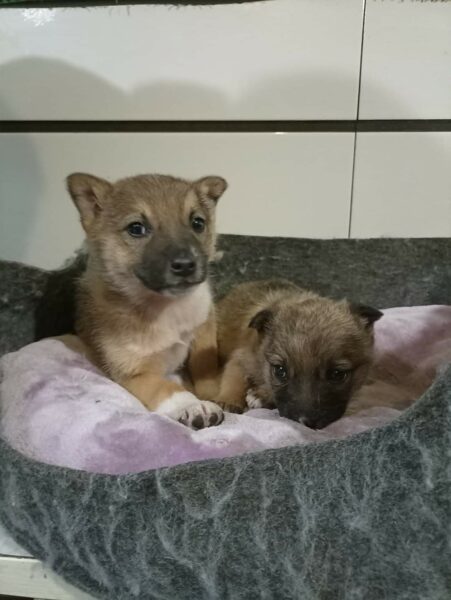
People Are Risking Their Lives to Help the Pets of Ukraine – And They Need Your Help
Quick Links: Help Animals Survive the War in Ukraine (Click on link to donate.) Meet the People Behind the Fundraiser for Ukrainian Animal Shelters (Click on link to listen to the inspiring BARKS podcast.) Everything has changed for the beloved pets of Ukraine. You Can Help The Pet Professional Guild (PPG) Shelter & Rescue committee is asking you, our dedicated and generous community, to help these animals and the people caring for them. On Wednesday, May 4, PPG livestreamed a free event for the public to meet… Continued

Just the Thought of Leaving Pets in a War Zone is an Incredibly Difficult Mental Exercise
The thought of losing my dogs or being forced to leave them behind in a war zone if I had to evacuate is an incredibly difficult mental exercise. I can barely even write about it. And yet I had been faced with this dilemma in my previous life when I lived in Nigeria. During my three years there we experienced two coups and I had to face the possibility that in the event of a mandated evacuation I would have to leave my pets behind. I was told in clear… Continued

A Dog’s Communication System
A dog’s communication system is greatly ritualized, and has evolved specifically to avoid or cut off conflict. This has made dogs, as a species, very successful in terms of their numbers, variety, and adaptability. Things, however, can go awry when we humans misread the signals dogs send us, leaving them helpless to effectively communicate their feelings to us no matter how hard they try. We cannot know or understand what dogs think and vice-versa. What we can do, though, is understand their body language, observe them carefully as we interact… Continued

Summer is here! Protect your pets against heatstroke with this heat index tool
This information does not replace the advice or instruction given to you by your veterinarian Summer is when dogs are most at risk of being affected by heatstroke. A dog’s normal body temperature is 100°F to 102.5°F but, unlike humans, dogs do not have sweat glands throughout their skin. Their only methods for cooling include limited sweat glands on the pads of their feet and nose, and panting. Both of which are inefficient at cooling their body temperature in extreme situations. If a dog cannot effectively dissipate heat, their internal… Continued
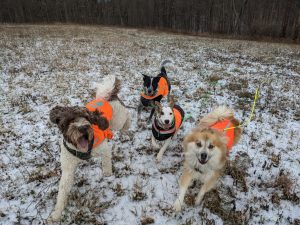
The Essence of a Dog: A Free Education from a Free Choice Walk
By giving our dogs as much autonomy as we safely can, we can learn a lot about body language and social interactions from observing their behavior © Karolin Klinck One cold day last spring, snow still clinging to the ground and ceding to the warm sun only on the tips of south-facing hillocks, I decided to do something new. I wouldn’t walk my dogs; nor would I walk with my dogs. I would instead be walked by my dogs. I decided to simply follow my dog Mischa for… Continued
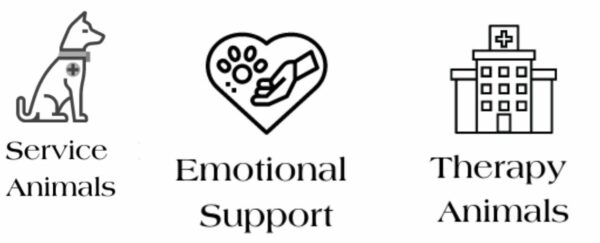
What Are Assistance Animals?
There are three categories for animals that assist humans in the U.S. This post explains the different categories and the roles such animals play for their owners and in society. SERVICE DOGS Specially trained dogs (and sometimes miniature horses) do many different kinds of work or tasks for their handlers with disabilities to help them lead more independent and normal lives. The most common services provided are mobility, medical alert, guiding the visually impaired, hearing alert, and psychiatric support. Service animals are covered under the Americans with Disabilities Act… Continued
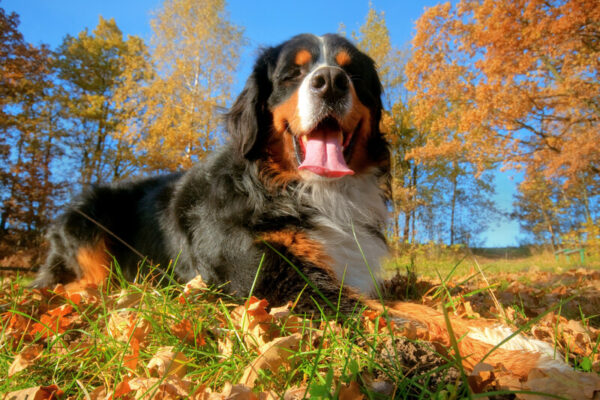
Ten Dog Training Tips That Benefit Pets and Their People
It is important for those who live and work with dogs to have an understanding of basic behavioral science. Bearing this in mind, here are just a few examples of positive reinforcement training protocols that may be used in place of aversive methods*: Rather than waiting for a dog to make a mistake so you can punish him, reinforce behavior you like to help the dog learn and so both parties feel more positive about the relationship. Rather than using a choke chain or prong collar which rely on… Continued

Celebrating Differences Towards More Breed Inclusivity!
As a community at the Pet Professional Guild (PPG) and here at Pets and their People (P&TP) we covet the possibilities of a more inclusive approach to our pet dogs, our beloved canines. Falling in Love with Dogs Based on Appearance or Breed Did you know that dogs are the most varied species on the planet, and the most numerous? I know from my perspective that if all dogs looked like (insert my least favorite breed here), I would probably be a donkey trainer. We all have our favorite breeds… Continued

From the Editor – Welcome!
Welcome to the inaugural issue of Pets & Their People! We’re so happy you’re here! Please enjoy the tips, tools & resources provided by respected and dedicated pet professionals from around the globe! Let’s Meet Your Contributors: Ryan Cartlidge is a professional animal trainer who’s been working around the world, including in New Zealand, Australia, Canada, and the US. He’s trained teams, developed animal training programs, been published in leading industry magazines, spoken at international conferences, and delivered presentations in a University on animal behaviour. And through the Animal Training Academy,… Continued

Is Your Cat Counter Surfing? The PPG Cat Committee Has an Answer!
Getting up high is a natural feline behavior that enables cats to survey their territory and feel safe. Other reasons cats might jump onto counters include to obtain food, look out a window, get attention, find something to play with, hide, or avoid a dog, toddler, or another cat. High spaces that cats consider acceptable or desirable need to be in places that are interesting to them and/or where they feel safe—which, depending on the circumstances, may mean near you. Punishing counter surfing when you see it happen will not… Continued

Dominance is Old Hat!
Despite the growing body of scientific research to the contrary, the “dominance” approach is one that some still elect to use in animal training and behavior modification, specifically with regards to dogs and horses. The underlying philosophy of so-called dominance theory in its application to pet dogs is, at best, outdated, at worst, impacts negatively the entire approach educated pet professionals should be taking. The theory of dominance in dogs “originated from work conducted several decades ago. According to Miller (2018), ‘[t]he erroneous approach to canine social behavior… Continued
A Relationship Built on a Lifetime of Kindness, Mutual Trust, and Joy
When we bring a pet into our home, it marks a new beginning. It is an opportunity to create something beautiful – friendship with another sentient being. Friendship with another person often begins when we discover similar interests and values. We can share those interests because we easily communicate with one another. We speak the same language, but we also take ample time to listen and watch one another. Friends don’t always agree, but we have learned to communicate and compromise because we trust one another. We treat each other… Continued

Enrichment – Providing Pets with Activities to Improve Welfare
You know we don’t really think about our pets as being in captivity but if you think about it, they are. Animals that are held by humans and prevented from escaping are deemed to be captive. The term captive is usually applied to wild animals that are held in zoos and theme parks, but this can be a general term used for all types of animals confined whether it be in zoos, farming and agriculture or our pets. Think about this for a moment. Our pets are captive animals. What does that… Continued
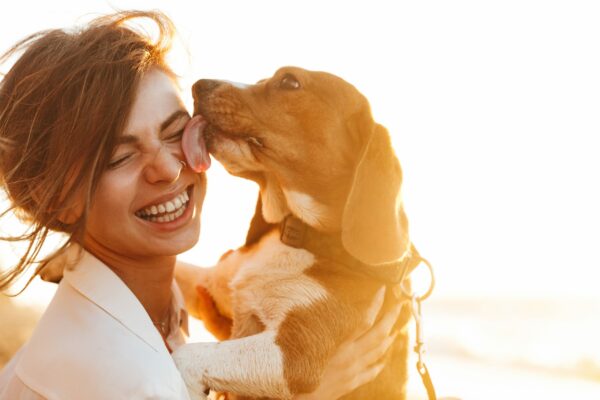
When Not to Greet or Approach a Dog!
Just because some dogs look cute and cuddly does not mean we should treat them like teddy bears and greet them with hugs and cuddles. They are not toys! Dogs are living beings who have feelings just like we do. Some dogs have learned to tolerate hugs and teddy bear types of greetings, but they are NOT recommended as they can intimidate, scare and create anxiety. At best, this can leave a dog feeling unsafe and, at worst, can trigger a snap, growl or bite. Dogs have no other way… Continued

Homemade Dog Treat Recipe: Gandhi’s Globs
Gandhi’s globs were developed as a high value meal replacement for training reinforcements. Gandhi loves his food and feeding him these during many of his training session acts as a part meal replacement to help him to maintain his weight. Ingredients: 1 kg or 2lb chicken mince, cooked 60 gm or 2oz fresh parsley chopped finely or vitamised 500 gm or 1lb carrots minced or vitamised 200 gm or 7oz celery chopped finely or vitamised 200 gm or 7oz zucchini chopped finely or vitamised Can diced tomato including juice 2… Continued

What Do You Know About Canine Communication?
All behaviors that dogs exhibit are designed either to access pleasurable situations and desirable objects or to avoid and escape unpleasant situations and undesirable objects. (Note: this is based on what each individual dog considers to pleasant or unpleasant, not the human, and it is important to be aware that the canine and human opinions may differ in any given situation!) A dog’s communication systems are greatly ritualized, and have evolved specifically to avoid or cut off conflict. This has made dogs, as a species, very successful in terms of… Continued
« Previous 1 … 5 6 7 8 Next »
